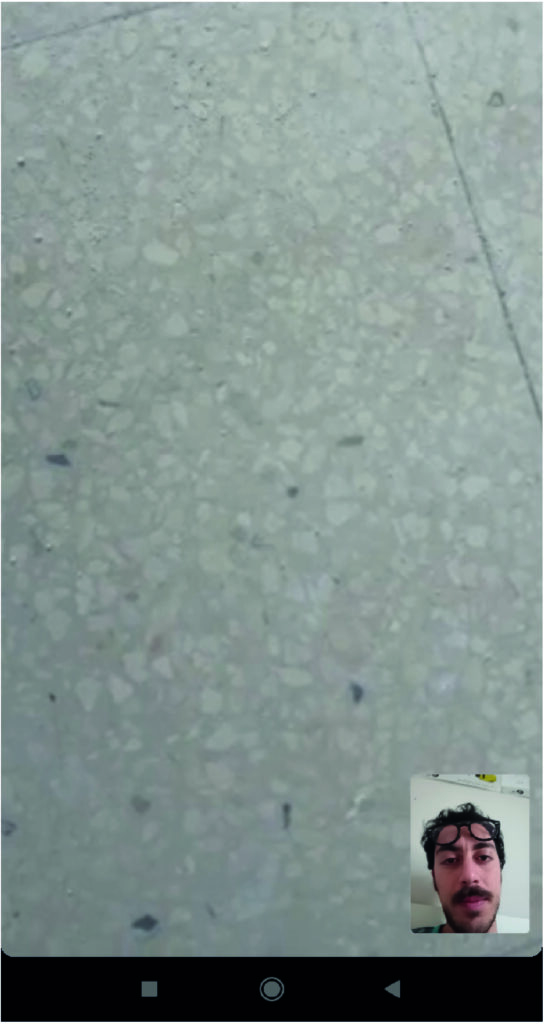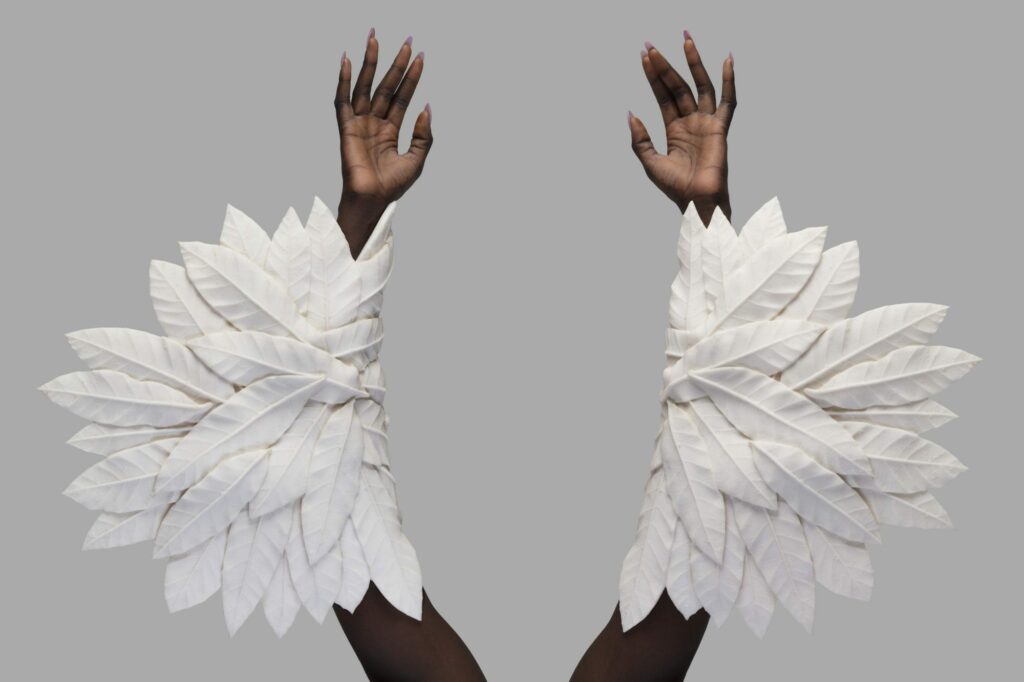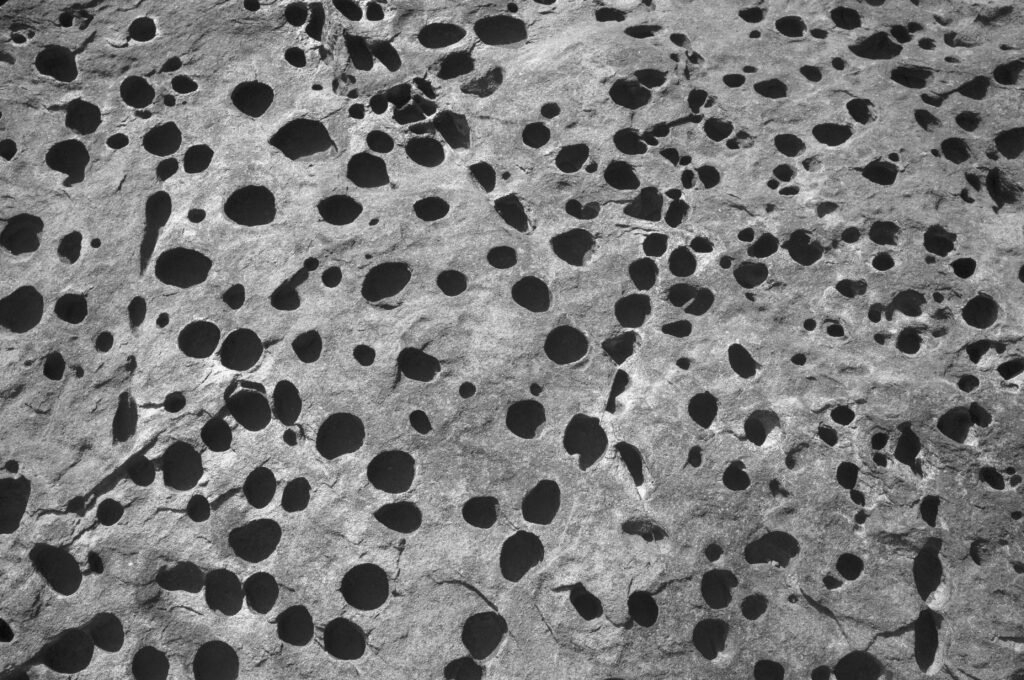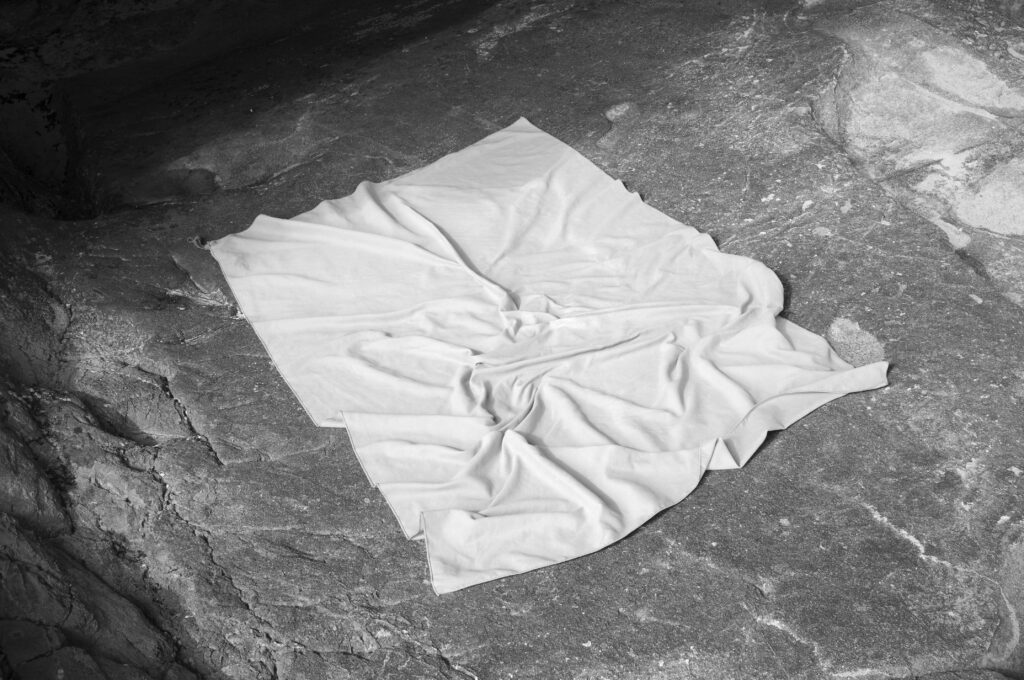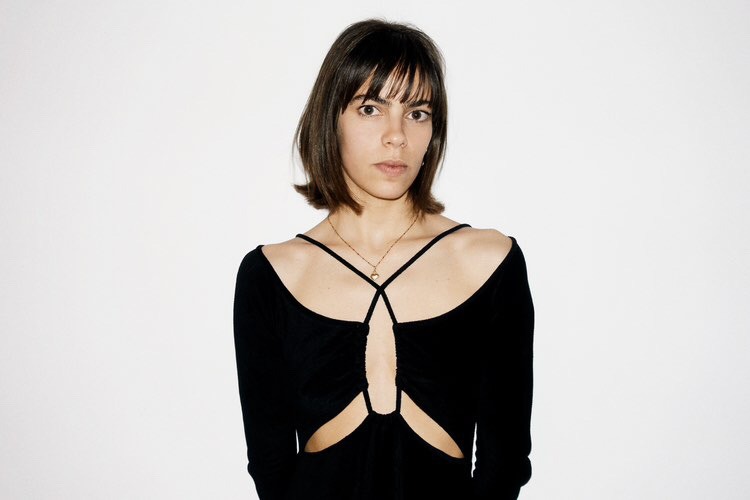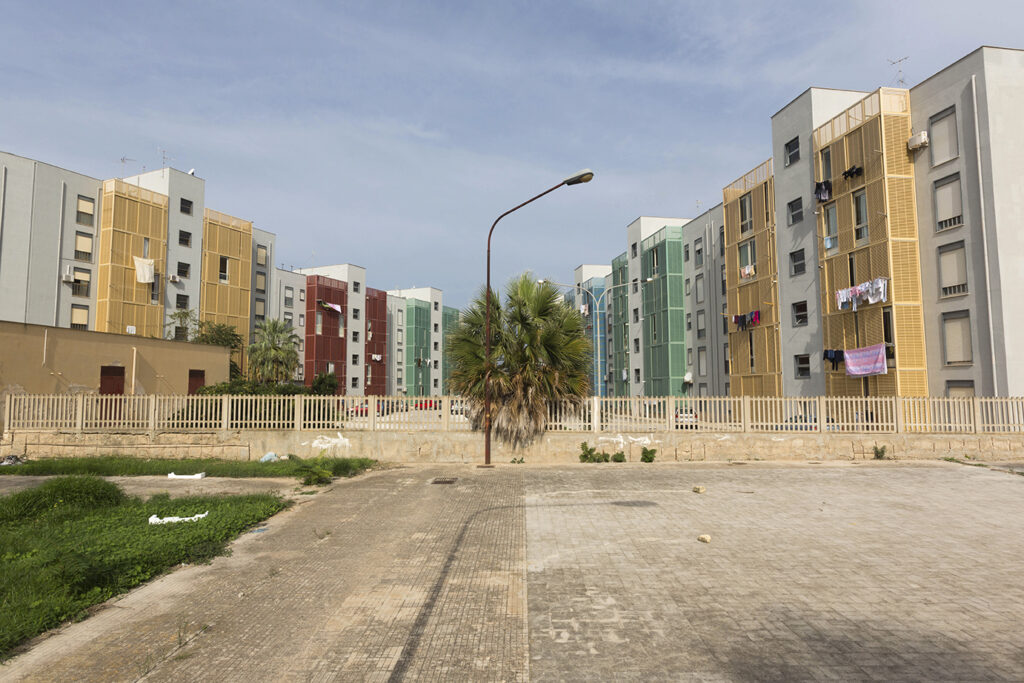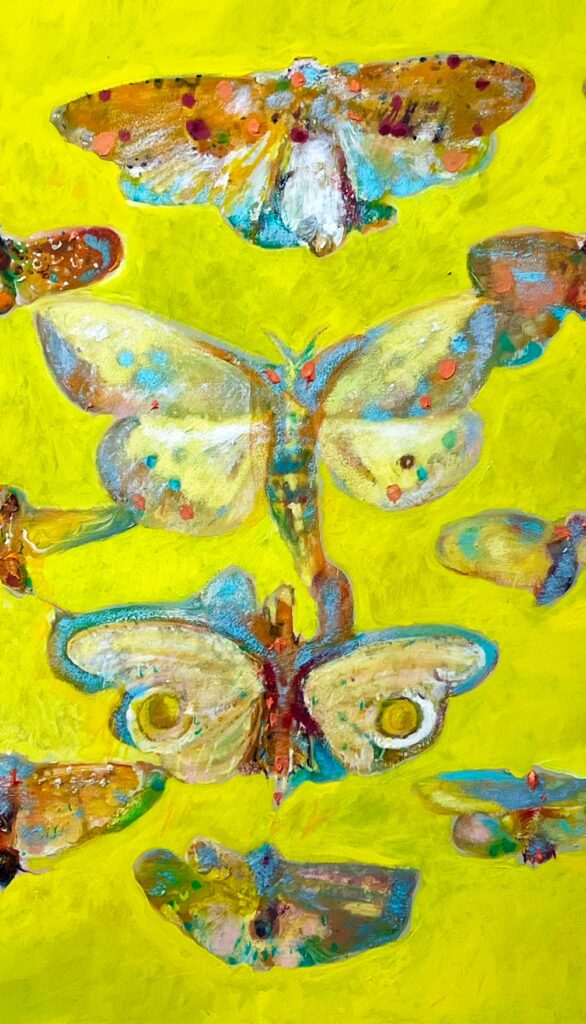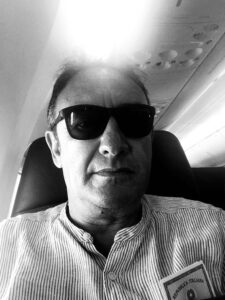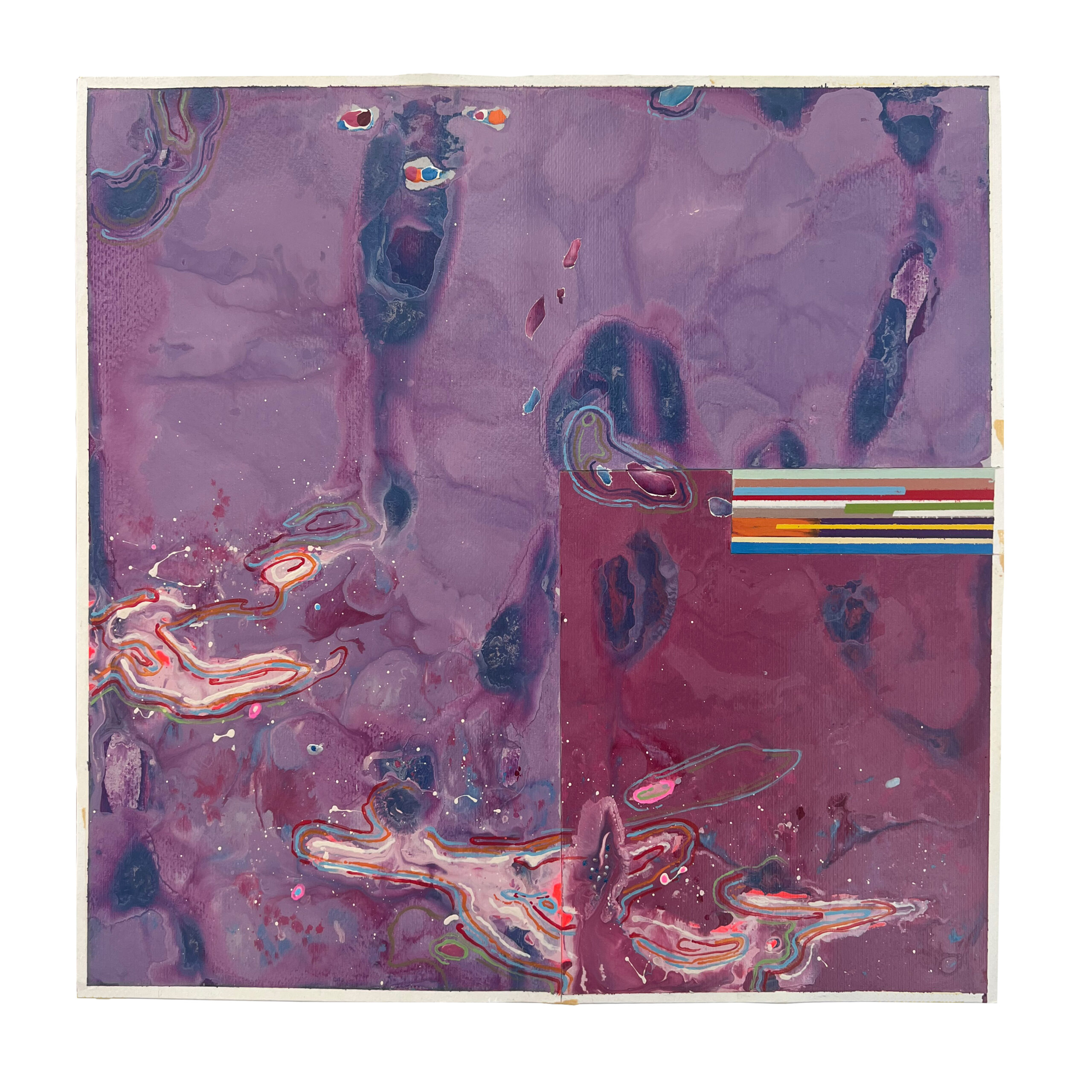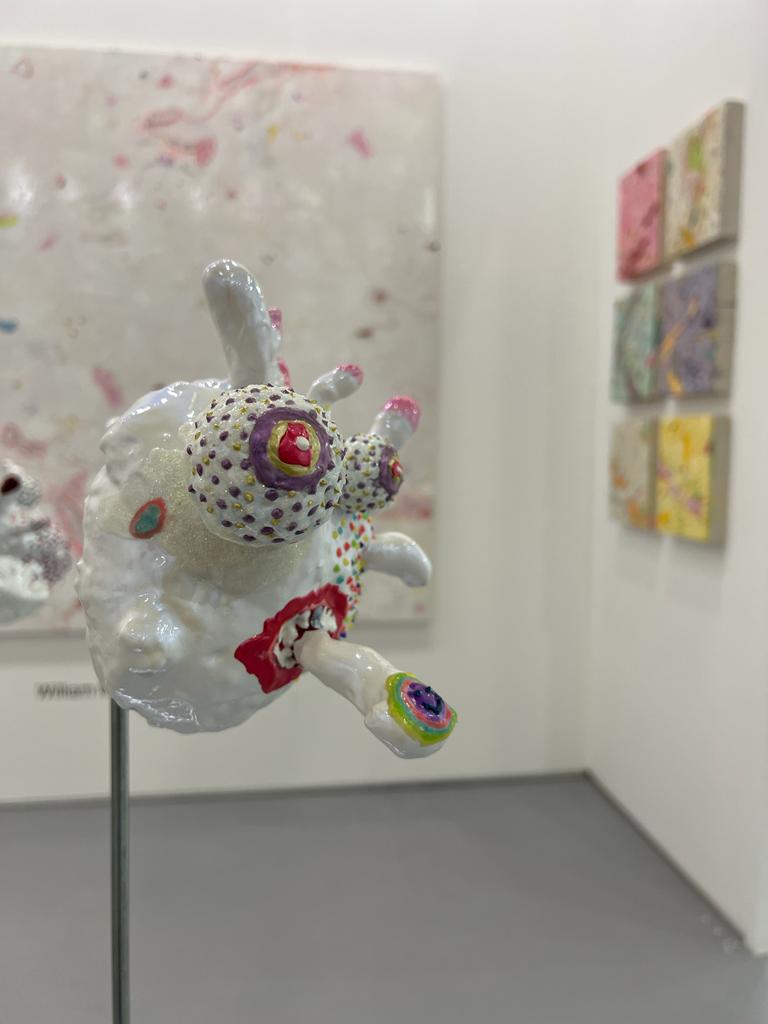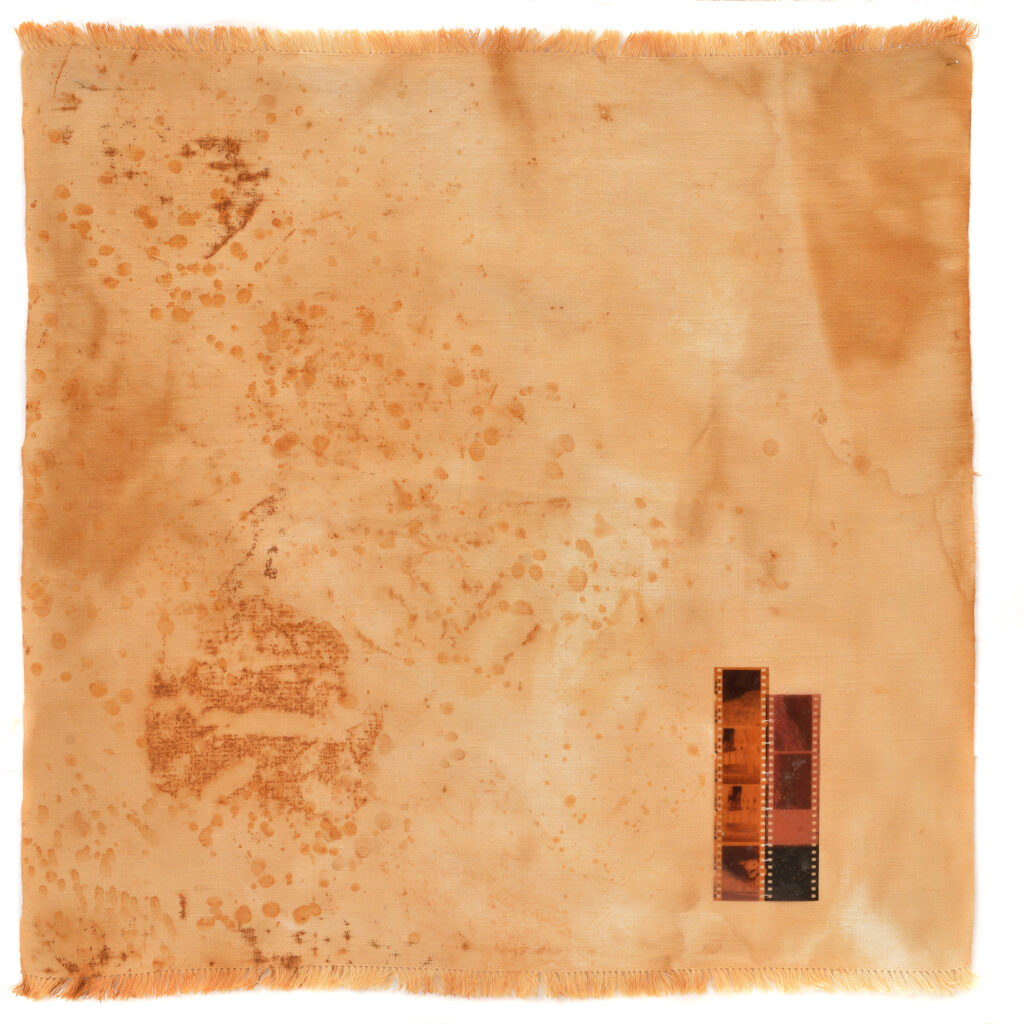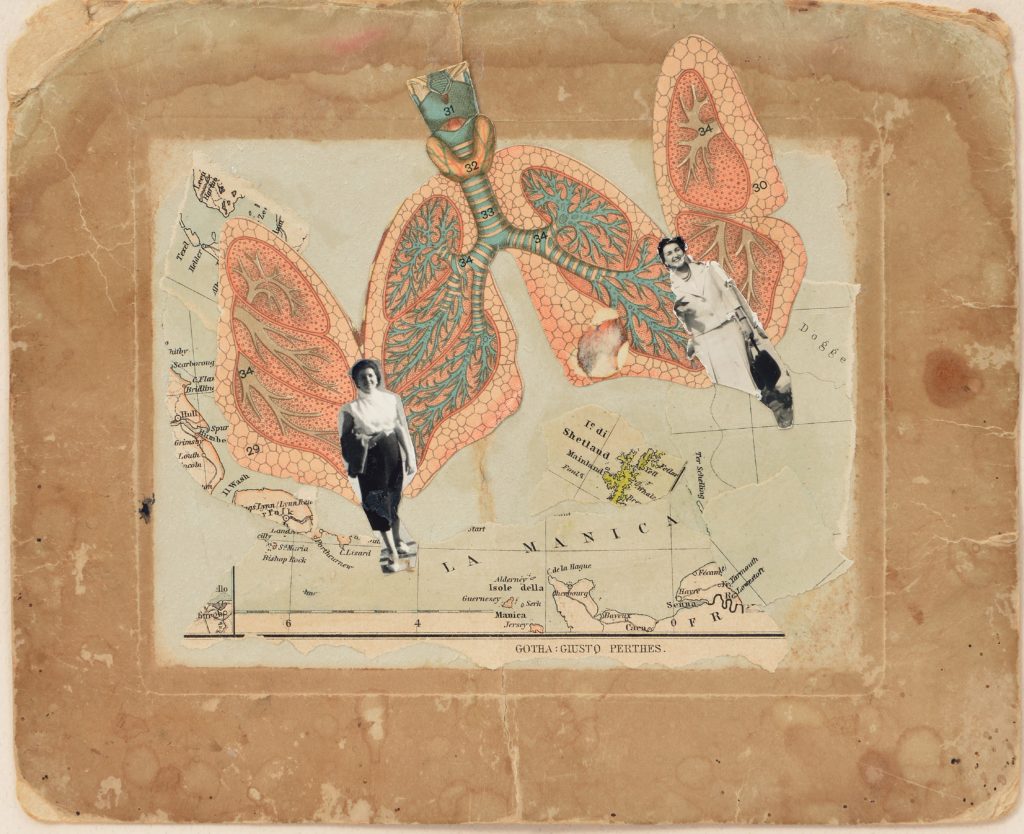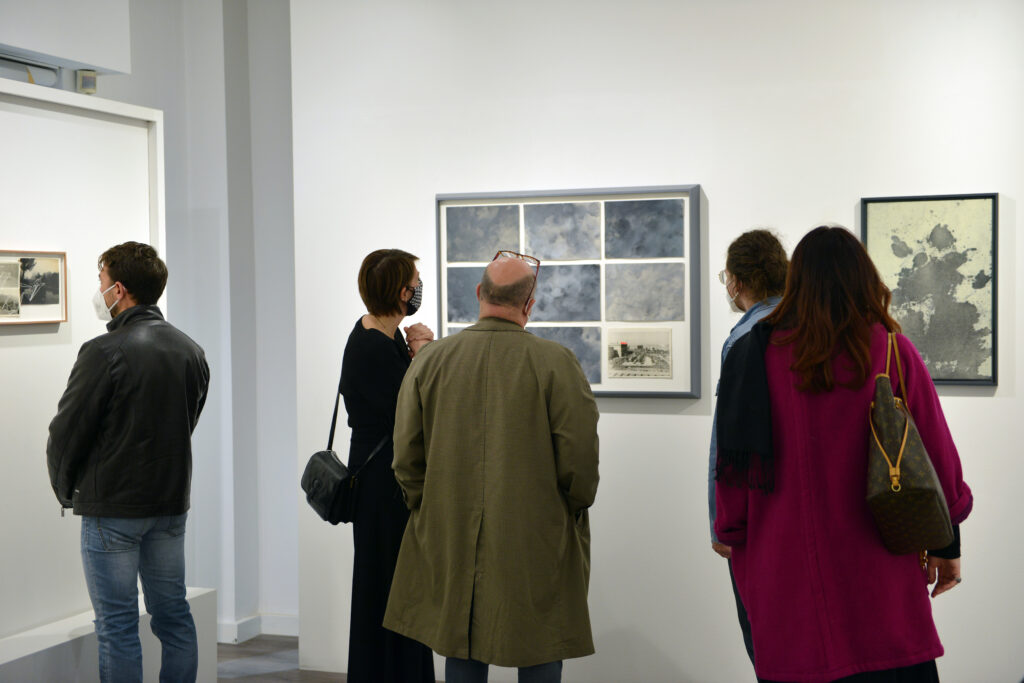ABUSI STUDIO
Sala da posa. Progetto telematico non finito
Sala da posa. Unfinished Telematic Project
2024




IT
Sala da posa è un progetto telematico non finito che conferma l’amicizia con il fotografo Gianni Mania.
Il rapporto tra fotografia e architettura è indissolubile, in questo caso però il pensiero architettonico passa in secondo piano.
La forma finita è temporanea.
I dispositivi pensati agiscono sopratutto in funzione delle opere fotografiche, infatti la scelta della lamiera facilita la volontà e l’esigenza del fotografo di esporre sempre opere diverse, grazie alle calamite nella grande lavagna magnetica e nei pannelli laterali. La lamiera forata scopre, non ancora tutte, le nicchie nascoste dove riposano i tesori del fotografo. Lo specchio a soffitto aumenta la percezione dello spazio e l’ego del visitatore, che non resisterà alla tentazione di scattare un selfie, linguaggio della fotografia contemporanea.
La scoperta della graniglia 20*20 sotto il linoleum ha comportato l’unico vezzo formale: “il tappeto di buchi rossi”.
I buchi lasciati dalla rimozione del pavimento precedente sono stati riempiti da una resina bi componente rossa. L’applicazione della resina non è andata come previsto e solo con l’aiuto di Raffaele è stato ottenuto il risultato pensato.
EN
Sala da posa is an unfinished telematic project that confirms the friendship with photographer Gianni Mania.
The relationship between photography and architecture is indissoluble, but in this case, architectural thinking takes a back seat.
The finished form is temporary.
The devices designed act primarily in favor of the photographic works. In fact, the choice of metal sheet facilitates the photographer’s desire and need to constantly exhibit different works, thanks to the magnets in the large magnetic board and the side panels. The perforated metal sheet reveals, though not yet all, the hidden niches where the photographer’s treasures rest. The ceiling mirror enhances the perception of space and the ego of the visitor, who will not resist the temptation to take a selfie, the language of contemporary photography.
The discovery of 20*20 terrazzo under the linoleum led to the only formal whim: “the red hole carpet.”
The holes left by the removal of the previous flooring were filled with red two-component resin. The application of the resin did not go as planned, and only with the help of Raffaele was the intended result achieved.
IT
Abusi è uno studio multidisciplinare che indaga la relazione tra lo spazio e l’uomo nella quotidianità tramite pratiche legate al Reciclyng e all’economia circolare.
EN
Abusi, is a multidisciplinary place that investigates the relationship between space and man in everyday life through practices linked to recycling and the circular economy.


